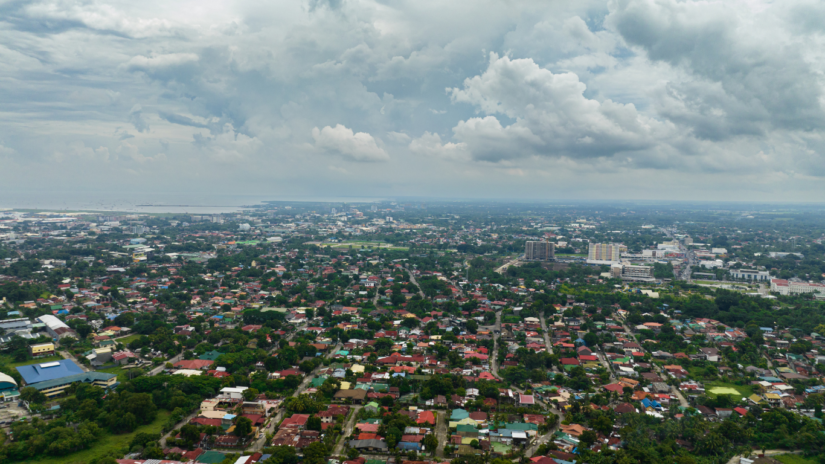Community resilience has gained paramount importance in an increasingly volatile world marked by natural disasters, public health crises, and socioeconomic upheavals. Community resilience refers to the collective capacity of a community to respond to, withstand, and recover from adverse situations. This comprehensive exploration delves into successful resilience strategies implemented around the globe, examining their essential components and lessons that can be applied to strengthen communities, particularly in vulnerable regions like the Philippines.
A Global Overview of Resilience Strategies
The following section provides a detailed examination of diverse resilience strategies employed in various countries:
1. Japan: Everyday-Life Preparedness
Japan’s renowned “everyday-life preparedness” strategy integrates disaster risk reduction into daily community activities. Through regular drills, educational programs, and community meetings, Japan fosters a culture of preparedness, ensuring that all members are informed and equipped to respond to potential disasters. This approach has significantly reduced the impact of natural disasters, demonstrating the effectiveness of proactive community engagement.
2. North Macedonia: Disaster Resilience Scorecard
In Centar, North Macedonia, local authorities implemented a Disaster Resilience Scorecard Assessment to identify vulnerabilities and opportunities for improvement. This initiative led to enhanced infrastructure, improved community preparedness, and fostered a sense of ownership among residents. The scorecard approach provides a structured framework for assessing and addressing specific resilience needs.
3. Wellington, New Zealand: Community Resilience Strategy
Wellington’s Community Resilience Strategy emphasizes building capacity, increasing connectedness, and fostering cooperation among community members. By prioritizing understanding and supporting the interests of local communities, Wellington has created a supportive environment for resilience-building efforts.
4. Semarang, Indonesia: Resilient Cities Program
Semarang, Indonesia, has implemented the Resilient Cities Program, which focuses on building resilience through sustainable urban development. The program addresses various aspects of resilience, including disaster risk reduction, climate change adaptation, and urban planning. Semarang has made significant strides in enhancing its resilience by adopting an integrated approach and involving community members.
5. Medellin, Colombia: Social Urbanism
Medellin’s transformation from a city plagued by violence to a model of urban resilience is a testament to the power of social urbanism. By investing in infrastructure, public spaces, and social services, Medellin has addressed inequalities and promoted social cohesion, creating a more resilient community.
6. Thessaloniki, Greece: Resilient Thessaloniki Strategy
Thessaloniki, Greece, has developed a comprehensive, Resilient Thessaloniki Strategy to address various challenges, including natural disasters, economic crises, and social inequalities. The strategy emphasizes a multi-hazard approach, capacity building, and risk assessment, providing a holistic framework for building resilience.
7. Surat, India: Resilience Action Plan
Surat, India, has developed a Resilience Action Plan to address the challenges of rapid urbanization, climate change, and public health emergencies. The plan emphasizes adaptive governance, innovation and technology, and partnerships, demonstrating the importance of a flexible and collaborative approach.
8. Toyama, Japan: Compact City Strategy
Toyama, Japan, has implemented a Compact City Strategy to build resilience through sustainable urban development and improved accessibility. Toyama has created a more resilient and livable city by focusing on transit-oriented development and aging-friendly design.
9. Quito, Ecuador: Resilient Quito Strategy
Quito, Ecuador, has developed a Resilient Quito Strategy to address the challenges of natural disasters, climate change, and rapid urbanization. The strategy emphasizes ecosystem-based adaptation and capacity building for informal settlements, demonstrating the importance of nature-based solutions and inclusive approaches.
10. Durban, South Africa: Climate Change Strategy
Durban, South Africa, has developed a Climate Change Strategy to build resilience in the face of climate-related challenges. The strategy combines adaptation and mitigation measures, emphasizing partnerships and collaboration to address short-term and long-term climate risks.
Lessons for the Philippines
With its vulnerability to natural disasters and complex socioeconomic challenges, the Philippines can draw valuable lessons from successful resilience strategies implemented elsewhere. Prioritizing localized, community-driven initiatives is crucial, as these approaches address specific needs and vulnerabilities directly. Collaboration among government agencies, NGOs, businesses, and community members is essential for building resilience. Additionally, investing in capacity building through training and education programs can enhance the skills and knowledge of community members. Regular risk assessments and scenario planning are vital for identifying potential threats and developing appropriate responses. Protecting and restoring natural ecosystems (ecosystem-based adaptation) offers significant resilience benefits.
Furthermore, addressing social inequalities and promoting social cohesion is vital to strengthening community resilience. Embracing innovation and leveraging technology can further enhance resilience and improve response capabilities. Lastly, adaptive governance, characterized by flexible and responsive structures, is necessary to manage and adapt to changing circumstances effectively.By incorporating these lessons into its resilience efforts, the Philippines can build more resilient communities and better prepare for future challenges. Building community resilience requires a multifaceted approach that addresses vulnerability’s physical and social dimensions. The successful strategies highlighted in this article demonstrate the importance of localized, community-driven initiatives, multi-stakeholder engagement, capacity building, and adaptive governance. By learning from these examples and applying them to the unique context of the Philippines, the country can enhance its resilience and create a more sustainable and equitable future.


